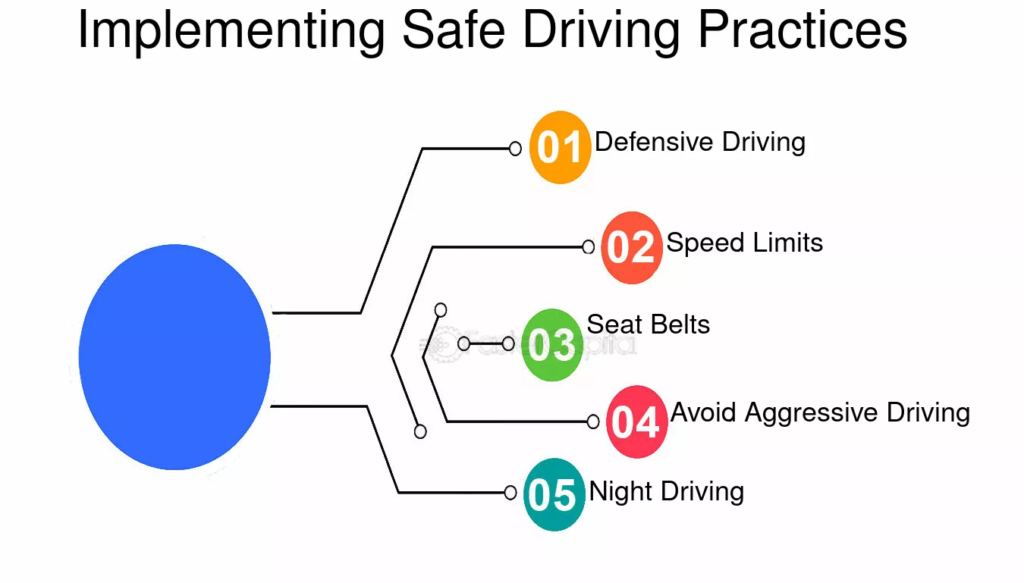WHO DOES NOT HAVE THE FEAR OF EXAMS ?, WHO DOES NOT HAVE FEAR OF FAILURE ?
FEAR, FEAR, FEAR… CALM, CALM, CALM ……
EVERYONE IN THIS WORLD ARE FACING SOME OR THE OTHER FEAR IN THEIR LIFE. SOME PEOPLE USE TO MENTION AND TELL THE PEOPLE ABOUT THEIR FEAR TO THEIR LOVED ONE ( PARENTS, ELDERS, FIRENDS, ETC. ) .WHILE MANY PEOPLE DOESN’T SHARE FEAR THINGS.
SOME MIGHT HAVE THE FEAR OF WHAT OTHERS WILL SAY IF THEY MENTIONE THEIR FEAR IN FRONT OF EVERYONE – FEAR OF JUDGEMENTS.
BUT WHEN POINTS COME TO EXAMS, THERE IS NO DOOR TO ECSAPE. ONLY IF THERE IS ANY EMERGEMCY THE CASE IS DIFFERENT , BUT SOME TIME IN A LIFE YOU HAVE TO FACE THE EXAMS.
Exam phobia is the fear of exams. It is an unexplained, excessive fear of a situation (examinations) that leads to avoidance of the situation. This excessive and irrational fear of exams leads to increased levels of anxiety in students and worsens without any proper help or guidance.
What causes exam anxiety?
The skills you will find most helpful in managing exam anxiety will depend on what factors may be contributing to this. Exam anxiety may be related to:
- Poor self-care, including insufficient sleep, unhealthy eating, lack of exercise or relaxation,
- Negative past experiences of exams,
- Lack of adequate preparation, or knowledge of exam-taking techniques or study methods,
- Unhelpful thinking about the exam situation (e.g., “I’m going to lose control!”), yourself (e.g., “I can’t do this.”), and/or outcome (e.g., “I’m going to fail.”),
- Excessive pressure to achieve and/or perfectionism,
- Strong fear of failure.
EVERY INDIVIDUAL SHOULD MAINTAIN THE RATIO OF FEAR ANE CAMLNESS EQUAL.
Tips to manage exam anxiety
Prepare as best you can
This means studying for the exam early enough, and using effective study techniques that help you learn, understand, and remember information. Being well-prepared goes a long way to help you feel confident about your study material, which can ultimately keep stress in check.
Take care of your body for a healthy mind
When we’re busy, eating well, getting regular sleep, and exercise can be easily neglected. Yet, these are essential for being at our best physically, mentally, and emotionally. Sleep, for example, is important for concentration and memory.
When planning your study schedule, prioritise fundamental self-care – this means allocating time first for things like healthy meals, ample sleep, consistent exercise, and social, enjoyable or relaxing activities. You can then plan study tasks around these.
Learn to manage the physical symptoms of anxiety
It’s important to know that the physical symptoms we experience in anxiety are unpleasant but not dangerous. You can learn and practice relaxation techniques like belly breathing or progressive muscle relaxation to calm your body or relieve tension.
It’s a good idea to regularly practice these when you’re not feeling too overwhelmed to begin with so that the strategies can feel more natural and easier to apply during more intense times (like when you’re sitting in an exam hall).
FEW POINTS WHICH CAN HELP TO OVERCOME THE FEAR IN THE EXAMINATION HALL
- Set up a consistent pretest routine.
- Talk with your teacher
- Learn relaxation techniques
- Get plenty of sleep








